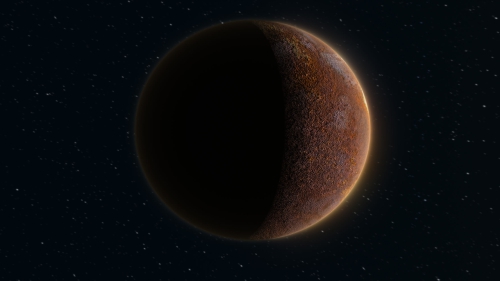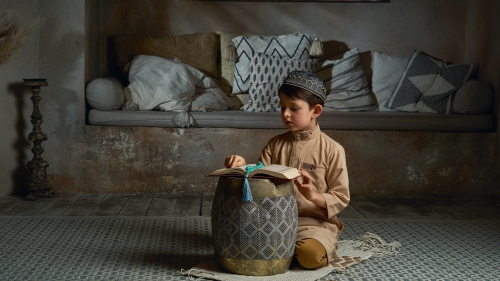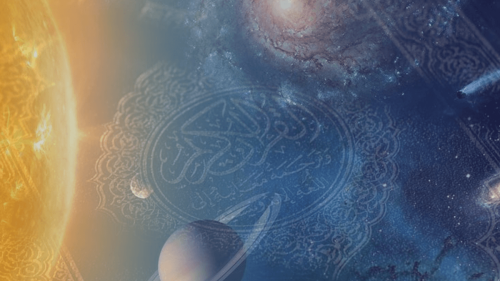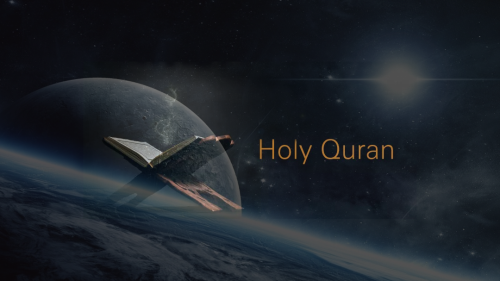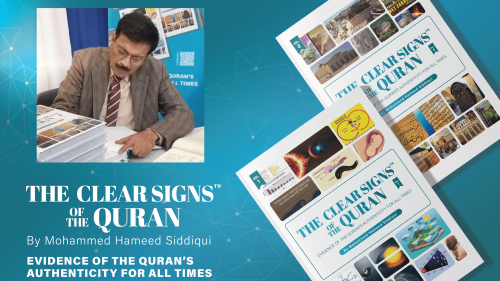Science in a Golden Age - Optics: The True Nature of Light
Playing a vital role in our everyday lives, technologies based on light are in use all around us. From art and science to modern technology, the study of light - and how behaves and interacts with matter has intrigued scientists for over a century.
This year, 2015, marks the 1,000th anniversary of the Kitab al-Manazir (The Book of Optics), a seven-volume treatise written by the Iraqi scientist Ibn al-Haytham - a pioneering thinker who's views have been crucial to our understanding of how the universe came into existence.
Shaping our understanding of vision, optics and light, Ibn al-Haytham interrogated theories of light put forward by the Greeks - men like Plato and Euclid who argued that the way we see objects is by shining light out of our eyes onto them. Ibn al-Haytham argued instead, and correctly, that the way we see is by light entering our eyes from outside either reflecting off objects or directly from luminous bodies like candles or the sun.
His methodology of investigation, in which he combined theory and experiments, were also remarkable for their emphasis on proof and evidence.
In the first episode of Science in the Golden Age, theoretical physicist, Jim al-Khalili, looks at state-of-the-art applications of optics and traces the science of light back to the medieval Islamic world.
Al-Khalili recreates Ibn al-Haytham's famous 'camera obscura' experiment with stunning results and also uncovers the work of Ibn Sahl, a mathematician and physicist associated with the Abbasid court of Baghdad. According to a recently discovered manuscript, he correctly described "Snell's law of refraction" centuries before Dutch astronomer Willebrord Snellius was even born.
We also look at the work of Ibn Mu'adh, who brought together knowledge of optics and geometry in order to estimate the height of the atmosphere.
Topics: Islam And Science, Muslim Scientists, Optics, Science And Technology
Views: 4205
Related Suggestions






